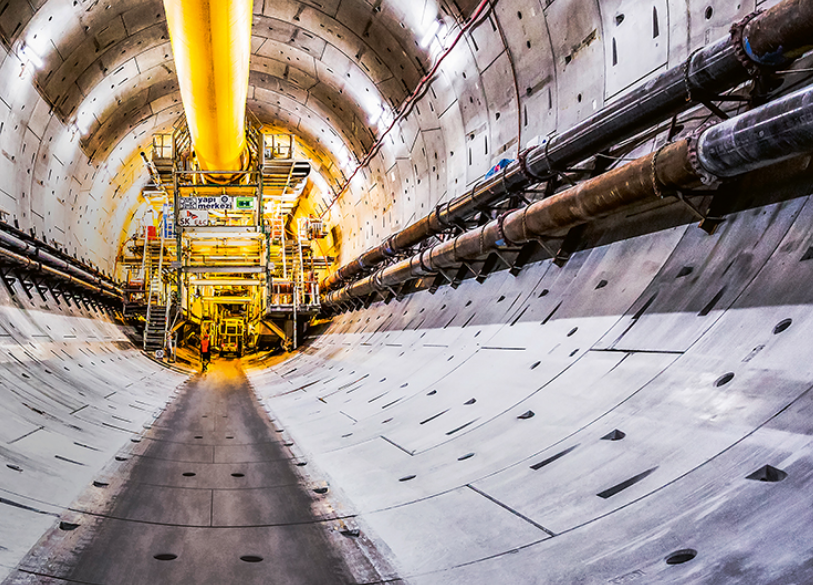Tunnel Communication System
What Is A Tunnel Communication System? A tunnel Communication System (TCS) is a unique solution to the problem of tunneling through mountains. TCS is optimal for construction and mine environments where vehicles can drive up to 10 km/h. The longest tunnel length of successful implementation is 3,500 m; however, it has been extended successfully up to 10 km and in potential future projects could extend for 20 km or more.
Tunneling vehicles can travel more efficiently as the tunnel is preceded by explosives or another non-magnetic material. This allows for improved control and can decrease blast forces and injuries to tunnelers.
Critical Features of A Tunnel Communication System
TCS systems are based on a communication module that uses high-frequency radio signals to provide two-way voice communications without a landline telephone system. Most TCS systems also have a wireless repeater system that allows voice communication outside the tunnel and is an excellent alternative to telephone, cellular phone, or radio communications.
The TCS system offers several features that help to improve the construction process at tunnel sites and mine sites:
Benefits Of The TCS System Include
Using an advanced wireless communication system can increase safety usage in construction. The system is designed for high speed and can be used by heavy construction vehicles.
TCS can also be used in place of a radio repeater to allow communication outside the tunnel. It is instrumental in remote locations or during times when the vehicle is located at a remote site.
TCS employs frequencies between 400-450 MHz which offer the primary values of compatibility with existing radio systems, no need for landlines, and easy installation.
TCS is not limited to only one communication technology. In addition to the radio system, TCS can also use cellular-based systems. The latter is more suitable for smaller-sized mines and other construction sites where the power supply is unreliable.
Advanced TCS systems differ from traditional tunnel communications in the signal type and the transmission rate and communication range: they have high bandwidth in the GHz range (typical of wireless LANs).
How Does a Tunnel Communication System Work?
The communication module is placed aboard the tunneling vehicle. It communicates with other modules via radio, Wi-Fi, cell phone towers, or fiber optics. The communication module is linked to the tunneling vehicle’s equipment (e.g. access lift) to provide continuous two-way voice communications for drill operators, excavators, supervisors, and audio/visual devices for managers and executives.
The work of a tunneler can be hazardous because there are risks associated with working in long tunnels. In previous years, these risks include the effects of suffocation and explosions. This happens because the tunneler cannot communicate with fellow workers due to a lack of a communication system.
The absence of communication between a tunneler and his coworkers can lead to tragic events like explosions and injuries/deaths. With the use of a Tunnel Communication System, it’s possible to communicate between different tunnel workers who are kilometers away from each other.
The Best Gas Monitoring System Out There
The SMARTCOM Tunnel Communication System available from Becker Communications is an advanced communication solution that consists of several modules that are navigable by tunneling vehicles. The communication system provides both radio and wireless network communication for all tunnel workers in the underground area.
It offers high-quality two-way voice, video, and text communications and other features such as alarms, inspection system, remote control, etc. Its dual-frequency rating makes it capable of communicating with any kind of tunneler (radio and wireless network) at a long distance from the surface of one another.
